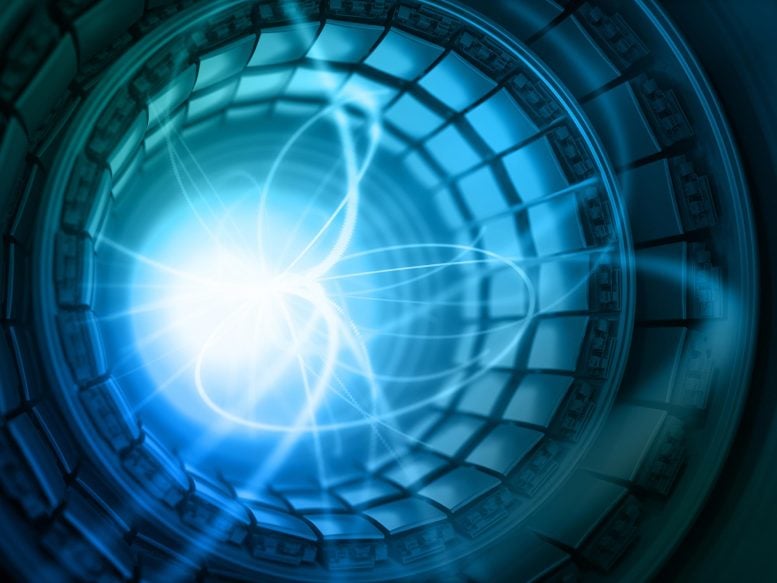
Most precise ever measurement of W boson mass shows tension with the Standard Model.
After 10 years of careful analysis and scrutiny, scientists of the Collider Detector at Fermilab (CDF) collaboration at the U.S. Department of Energy’s Fermi National Accelerator Laboratory announced on April 7, 2022, that they have achieved the most precise measurement to date of the mass of the W boson, one of nature’s force-carrying particles. Using data collected by the CDF, scientists have now determined the particle’s mass with a precision of 0.01% — twice as precise as the previous best measurement. It corresponds to measuring the weight of an 800-pound gorilla to 1.5 ounces.
The new precision measurement, published in the journal Science, allows scientists to test the Standard Model of particle physics, the theoretical framework that describes nature at its most fundamental level. The result: The new mass value shows tension with the value scientists obtain using experimental and theoretical inputs in the context of the Standard Model.
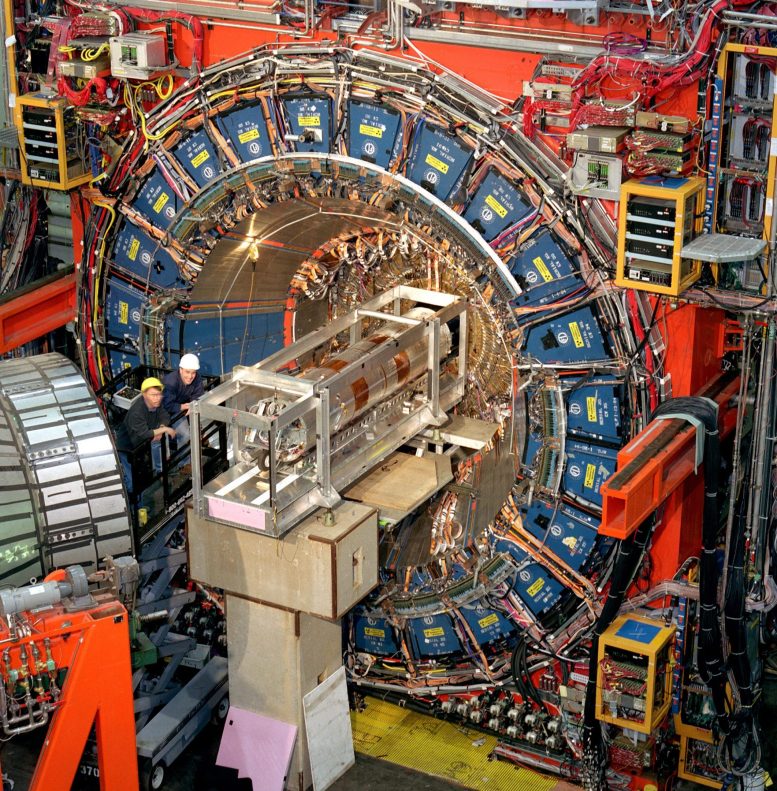
The Collider Detector at Fermilab recorded high-energy particle collisions produced by the Tevatron collider from 1985 to 2011. About 400 scientists at 54 institutions in 23 countries are still working on the wealth of data collected by the experiment. Credit: Fermilab
“The number of improvements and extra checking that went into our result is enormous,” said Ashutosh V. Kotwal of Duke University, who led this analysis and is one of the 400 scientists in the CDF collaboration. “We took into account our improved understanding of our particle detector as well as advances in the theoretical and experimental understanding of the W boson’s interactions with other particles. When we finally unveiled the result, we found that it differed from the Standard Model prediction.”
If confirmed, this measurement suggests the potential need for improvements to the Standard Model calculation or extensions to the model.
Scientists have now determined the mass of the W boson with a precision of 0.01%. This is twice as precise as the previous best measurement and shows tension with the Standard Model.
The new value is in agreement with many previous W boson mass measurements, but there are also some disagreements. Future measurements will be needed to shed more light on the result.
“While this is an intriguing result, the measurement needs to be confirmed by another experiment before it can be interpreted fully,” said Fermilab Deputy Director Joe Lykken.
The W boson is a messenger particle of the weak nuclear force. It is responsible for the nuclear processes that make the sun shine and particles decay. Using high-energy particle collisions produced by the Tevatron collider at Fermilab, the CDF collaboration collected huge amounts of data containing W bosons from 1985 to 2011.
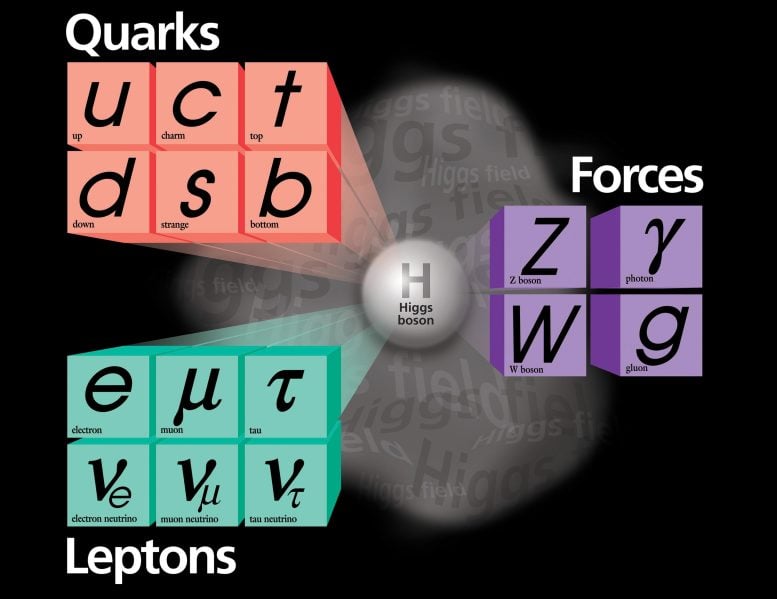
The W boson is the messenger particle of the weak nuclear force. It is responsible for the nuclear processes that make the sun shine and particles decay. CDF scientists are studying the properties of the W boson using data they collected at the Tevatron Collider at Fermilab. Credit: Fermi National Accelerator Laboratory
CDF physicist Chris Hays of the University of Oxford said, “The CDF measurement was performed over the course of many years, with the measured value hidden from the analyzers until the procedures were fully scrutinized. When we uncovered the value, it was a surprise.”
The mass of a W boson is about 80 times the mass of a proton, or approximately 80,000 MeV/c2. CDF researchers have worked on achieving increasingly more precise measurements of the W boson mass for more than 20 years. The central value and uncertainty of their latest mass measurement is 80,433 +/- 9 MeV/c2. This result uses the entire dataset collected from the Tevatron collider at Fermilab. It is based on the observation of 4.2 million W boson candidates, about four times the number used in the analysis the collaboration published in 2012.
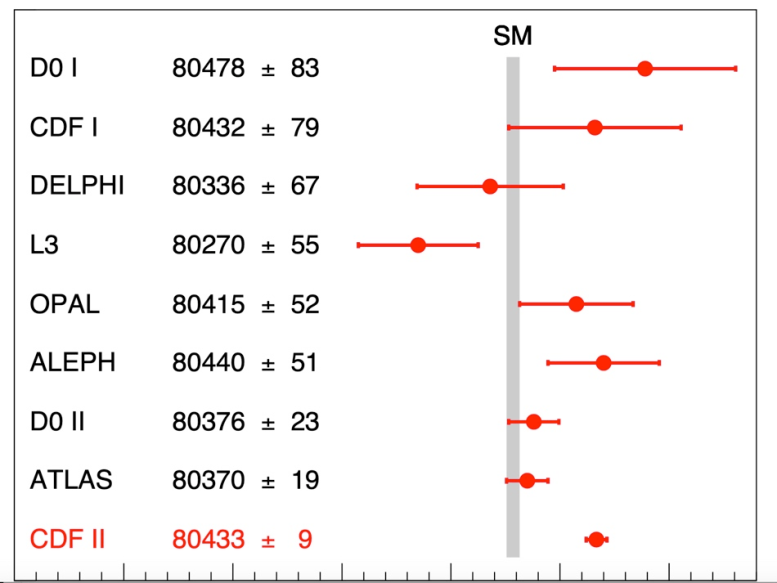
The mass of a W boson is about 80 times the mass of a proton, or approximately 80,000 MeV/c2. Scientists of the Collider Detector at Fermilab collaboration have achieved the world’s most precise measurement. The CDF value has a precision of 0.01 percent and is in agreement with many W boson mass measurements. It shows tension with the value expected based on the Standard Model of particle physics. The horizontal bars indicate the uncertainty of the measurements achieved by various experiments. The LHCb result was published after this paper was submitted and is 80354+- 32 MeV/c2. Credit: CDF collaboration
“Many collider experiments have produced measurements of the W boson mass over the last 40 years,” said CDF co-spokesperson Giorgio Chiarelli, Italian National Institute for Nuclear Physics (INFN-Pisa). “These are challenging, complicated measurements, and they have achieved ever more precision. It took us many years to go through all the details and the needed checks. It is our most robust measurement to date, and the discrepancy between the measured and expected values persists.”
The collaboration also compared their result to the best value expected for the W boson mass using the Standard Model, which is 80,357 ± 6 MeV/c2. This value is based on complex Standard Model calculations that intricately link the mass of the W boson to the measurements of the masses of two other particles: the top quark, discovered at the Tevatron collider at Fermilab in 1995, and the Higgs boson, discovered at the Large Hadron Collider at CERN in 2012.
CDF co-spokesperson David Toback, Texas A&M University, stated the result is an important contribution to testing the accuracy of the Standard Model. “It’s now up to the theoretical physics community and other experiments to follow up on this and shed light on this mystery,” he added. “If the difference between the experimental and expected value is due to some kind of new particle or subatomic interaction, which is one of the possibilities, there’s a good chance it’s something that could be discovered in future experiments.”
Reference: “High-precision measurement of the W boson mass with the CDF II detector” by CDF Collaboration, T. Aaltonen, S. Amerio, D. Amidei, A. Anastassov, A. Annovi, J. Antos, G. Apollinari, J. A. Appel, T. Arisawa, A. Artikov, J. Asaadi, W. Ashmanskas, B. Auerbach, A. Aurisano, F. Azfar, W. Badgett, T. Bae, A. Barbaro-Galtieri, V. E. Barnes, B. A. Barnett, P. Barria, P. Bartos, M. Bauce, F. Bedeschi, S. Behari, G. Bellettini, J. Bellinger, D. Benjamin, A. Beretvas, A. Bhatti, K. R. Bland, B. Blumenfeld, A. Bocci, A. Bodek, D. Bortoletto, J. Boudreau, A. Boveia, L. Brigliadori, C. Bromberg, E. Brucken, J. Budagov, H. S. Budd, K. Burkett, G. Busetto, P. Bussey, P. Butti, A. Buzatu, A. Calamba, S. Camarda, M. Campanelli, B. Carls, D. Carlsmith, R. Carosi, S. Carrillo, B. Casal, M. Casarsa, A. Castro, P. Catastini, D. Cauz, V. Cavaliere, A. Cerri, L. Cerrito, Y. C. Chen, M. Chertok, G. Chiarelli, G. Chlachidze, K. Cho, D. Chokheli, A. Clark, C. Clarke, M. E. Convery, J. Conway, M. Corbo, M. Cordelli, C. A. Cox, D. J. Cox, M. Cremonesi, D. Cruz, J. Cuevas, R. Culbertson, N. d’Ascenzo, M. Datta, P. de Barbaro, L. Demortier, M. Deninno, M. D’Errico, F. Devoto, A. Di Canto, B. Di Ruzza, J. R. Dittmann, S. Donati, M. D’Onofrio, M. Dorigo, A. Driutti, K. Ebina, R. Edgar, A. Elagin, R. Erbacher, S. Errede, B. Esham, S. Farrington, J. P. Fernández Ramos, R. Field, G. Flanagan, R. Forrest, M. Franklin, J. C. Freeman, H. Frisch, Y. Funakoshi, C. Galloni, A. F. Garfinkel, P. Garosi, H. Gerberich, E. Gerchtein, S. Giagu, V. Giakoumopoulou, K. Gibson, C. M. Ginsburg, N. Giokaris, P. Giromini, V. Glagolev, D. Glenzinski, M. Gold, D. Goldin, A. Golossanov, G. Gomez, G. Gomez-Ceballos, M. Goncharov, O. González López, I. Gorelov, A. T. Goshaw, K. Goulianos, E. Gramellini, C. Grosso-Pilcher, J. Guimaraes da Costa, S. R. Hahn, J. Y. Han, F. Happacher, K. Hara, M. Hare, R. F. Harr, T. Harrington-Taber, K. Hatakeyama, C. Hays, J. Heinrich, M. Herndon, A. Hocker, Z. Hong, W. Hopkins, S. Hou, R. E. Hughes, U. Husemann, M. Hussein, J. Huston, G. Introzzi, M. Iori, A. Ivanov, E. James, D. Jang, B. Jayatilaka, E. J. Jeon, S. Jindariani, M. Jones … P. Wagner, R. Wallny, S. M. Wang, D. Waters, W. C. Wester, D. Whiteson, A. B. Wicklund, S. Wilbur, H. H. Williams, J. S. Wilson, P. Wilson, B. L. Winer, P. Wittich, S. Wolbers, H. Wolfmeister, T. Wright, X. Wu, Z. Wu, K. Yamamoto, D. Yamato, T. Yang, U. K. Yang, Y. C. Yang, W.-M. Yao, G. P. Yeh, K. Yi, J. Yoh, K. Yorita, T. Yoshida, G. B. Yu, I. Yu, A. M. Zanetti, Y. Zeng, C. Zhou and S. Zucchelli, 7 April 2022, Science.
DOI: 10.1126/science.abk1781
The CDF collaboration comprises 400 scientists at 54 institutions in 23 countries.

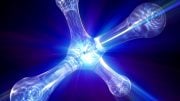
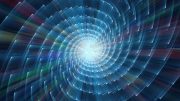
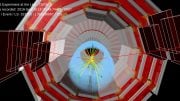
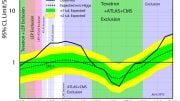
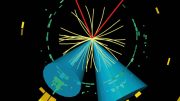
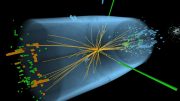
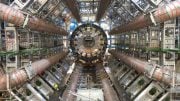
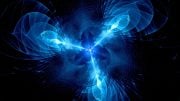
How can the W-boson carry the weak nuclear force (e.g. in the He nucleus) if its mass is eighty times that of a neutron and so about 40 times that of the whole nucleus?
I’m not a physicist, and my grasp of the math is weak at best. However, I gather there are no actual W bosons carrying the weak force. Bosons come into existence when sufficient energy is injected into the appropriate quantum fields. The virtual bosons that “carry” the forces are mathematical constructs that physicists use to make it easier to solve the problems of calculating the characteristics those fields.
Perhaps the PBS SpaceTime video series would help?
In particular, this one came to mind: https://www.youtube.com/watch?v=ztFovwCaOik
… only shocked thing is vanity of the scientist who believe the work is done…
These fundamental “particles” cannot be the end game. They did not simply come into existence, something else had to have preceded them. Perhaps God does exist….
“God” cannot be the end game. She didn’t simply come into existence, something else had to have preceded them. Perhaps the big bang did exist.
Great point John Sedricks! It would seem logical that the mass of the boson would be the same or even less than a nucleus.
When science decided to make a cloud of gas and dust create it’s own gravity so it could turn into a star, 95% of the mass of our universe was tossed into the trash. Unfortunately, this was a grave mistake. It was the pressure and friction from a massive collision in space that created the energy we see, not gravity. The galaxies are quark plasma shrapnel just like the quark plasma shrapnel particle colliders create. It is the field of dark matter that space is made of that creates gravity, not normal matter itself. Now, with this theory, dark matter can be used to create gravity like Einstein assumed space would.
The subtraction of dark matter from our universe also caused the inability to understanding how the W boson is so heavy. The energy in a mass manipulates the field of dark matter to create gravity. The field is made of extremely pressurized electron neutrinos and a mass creates these particles by destroying electrons with heat and turning them into electron neutrinos. These particles are shot from the mass gravitationally invisible and push out on the natural pressure of space to cause gravitational lensing since they are all made of the same matter. It is the neutrinos from space that use their natural pressure to push through the outgoing matter that flow through normal matter to create gravity. These neutrinos are also the ones that add mass to the W boson that scientists can’t explain. They cause the “wobble” in muons that is unexplained as well. They also cause the matter in particle colliders to regain its mass that scientists don’t understand. The Big Bang theory makes dark matter not be a part of any of these problems.
Everything went off the trail when science decided to believe Georges Lamaitre instead of Edwin Hubble. Hubble discovered the galaxies expanding, not the universe. He never wanted anything to do with the expanding universe because it sounded too religious. Now, with all the problems that exist in astrophysics and physics as well, it is obvious that the world should have listened to Hubble and let him figure out exactly what he found. That is what I believe I have done for him.
Has this Higgs Boson helped us create anti-gravity or anything useful whatsoever? An apparent particle movement on a cloud chamber that matches some made up particle prediction suddenly changes the world of physics. But did it? No, it did not. They haven’t one iota a clue how to artificially create gravity or do anything useful that the military already knows how to do from the crashed Roswell alien ships. Perhaps they should ask that guy that worked there for more information instead of wasting BILLIONS on a particle accelerator that has not done one USEFUL thing for mankind.
There is a reason for science to figure the standard model out. The revelation won’t mean much for the average person except for one thing.
The energy that our universe runs on is not fusion, it is called quark plasma. That is what black holes are made of. Quark plasma reactors will exist soon and will alleviate humans need for energy. Once this plasma is created by breaking quarks down, the catalyst for this reaction will be the dark matter of space that causes gravity. Once it is started, it will require nothing from us for it to work except harvesting the energy that the reaction creates.